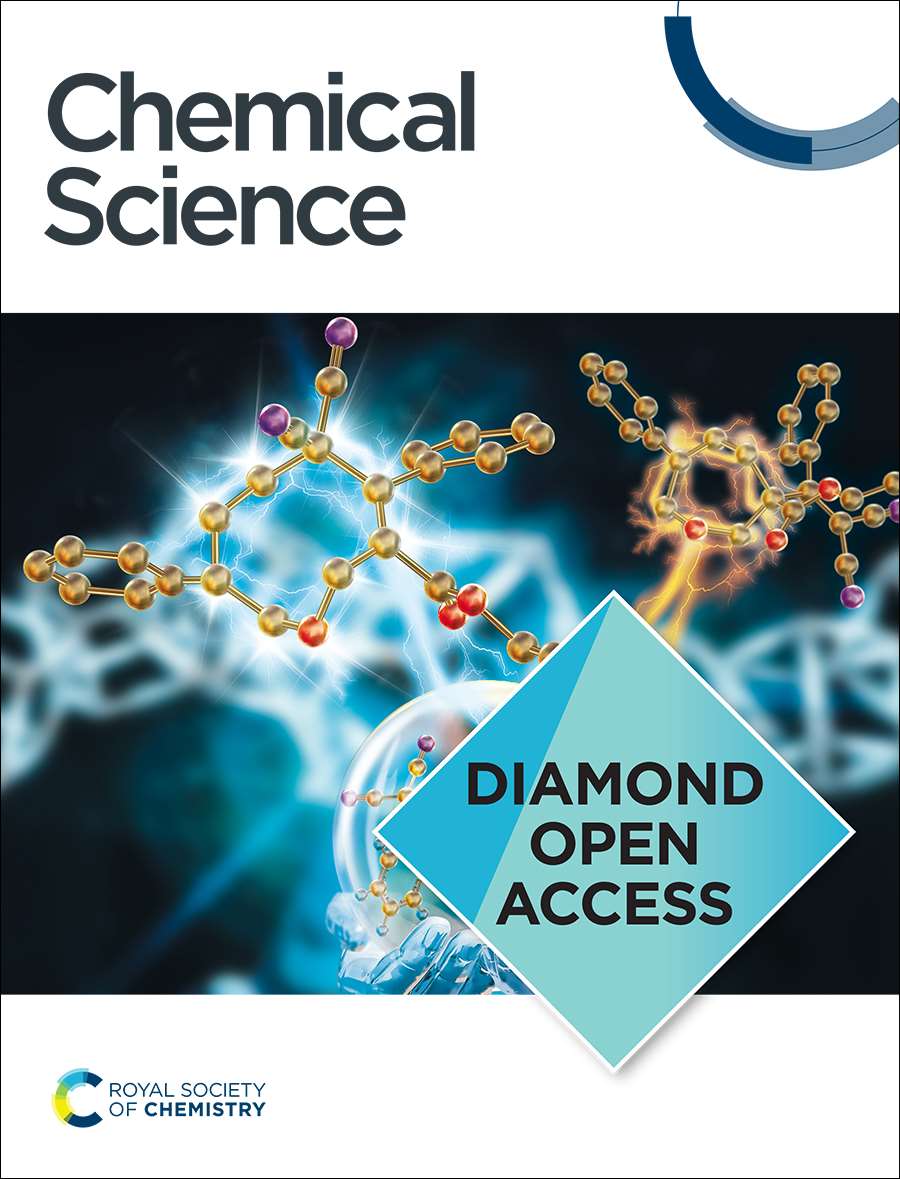Water-soluble BODIPY dyes: A novel approach for their sustainable chemistry and applied photonics
IF 7.6
1区 化学
Q1 CHEMISTRY, MULTIDISCIPLINARY
引用次数: 0
Abstract
The BODIPY family of organic dyes has emerged as a cornerstone in photonics research development, driving innovation and advancement in various fields of high socio-economic interest. However, the majority of BODIPY dyes exhibit hydrophobic characteristics, resulting in poor solubility in water and other hydrophilic solvents. This solubility is paramount for their optimal utilization in a myriad of photonic applications, particularly in the realms of biology and medicine. Furthermore, it facilitates safer and more sustainable manipulation and chemical modification of these expansive dyes. Nevertheless, bestowing BODIPYs with water solubility while preserving their other essential properties, notably their photophysical signatures, poses a significant challenge. In this context, we present a straightforward general chemical modification aimed at converting conventional hydrophobic BODIPYs into highly hydrophilic variants, thus enabling their efficient solubilization in water and other hydrophilic solvents with minimal disruption to the dye's inherent photophysics. The efficacy of this methodology is demonstrated through the synthesis of a number of water-soluble BODIPY dyes featuring diverse substitution patterns. Furthermore, we showcase their utility in a spectrum of photonics-related applications, including in-water BODIPY chemistry and dye-laser technology, and fluorescence microscopy.BODIPY 系列有机染料已成为光子学研究开发的基石,推动了具有高度社会经济利益的各个领域的创新和进步。然而,大多数 BODIPY 染料都具有疏水特性,因此在水和其他亲水溶剂中的溶解性较差。这种溶解性对于它们在各种光子应用中的最佳利用至关重要,尤其是在生物和医学领域。此外,它还有助于更安全、更可持续地操作和化学修饰这些具有扩张性的染料。然而,如何在赋予 BODIPYs 水溶性的同时保留其其他基本特性,尤其是光物理特征,是一个巨大的挑战。在这种情况下,我们提出了一种简单易行的通用化学修饰方法,旨在将传统的疏水性 BODIPY 转变为高亲水性变体,从而使其能够在水和其他亲水溶剂中高效溶解,并将对染料固有光物理的破坏降到最低。通过合成多种具有不同取代模式的水溶性 BODIPY 染料,证明了这种方法的有效性。此外,我们还展示了它们在一系列光子相关应用中的实用性,包括水内 BODIPY 化学和染料激光技术以及荧光显微镜。
本文章由计算机程序翻译,如有差异,请以英文原文为准。
求助全文
约1分钟内获得全文
求助全文
来源期刊

Chemical Science
CHEMISTRY, MULTIDISCIPLINARY-
CiteScore
14.40
自引率
4.80%
发文量
1352
审稿时长
2.1 months
期刊介绍:
Chemical Science is a journal that encompasses various disciplines within the chemical sciences. Its scope includes publishing ground-breaking research with significant implications for its respective field, as well as appealing to a wider audience in related areas. To be considered for publication, articles must showcase innovative and original advances in their field of study and be presented in a manner that is understandable to scientists from diverse backgrounds. However, the journal generally does not publish highly specialized research.
 求助内容:
求助内容: 应助结果提醒方式:
应助结果提醒方式:


